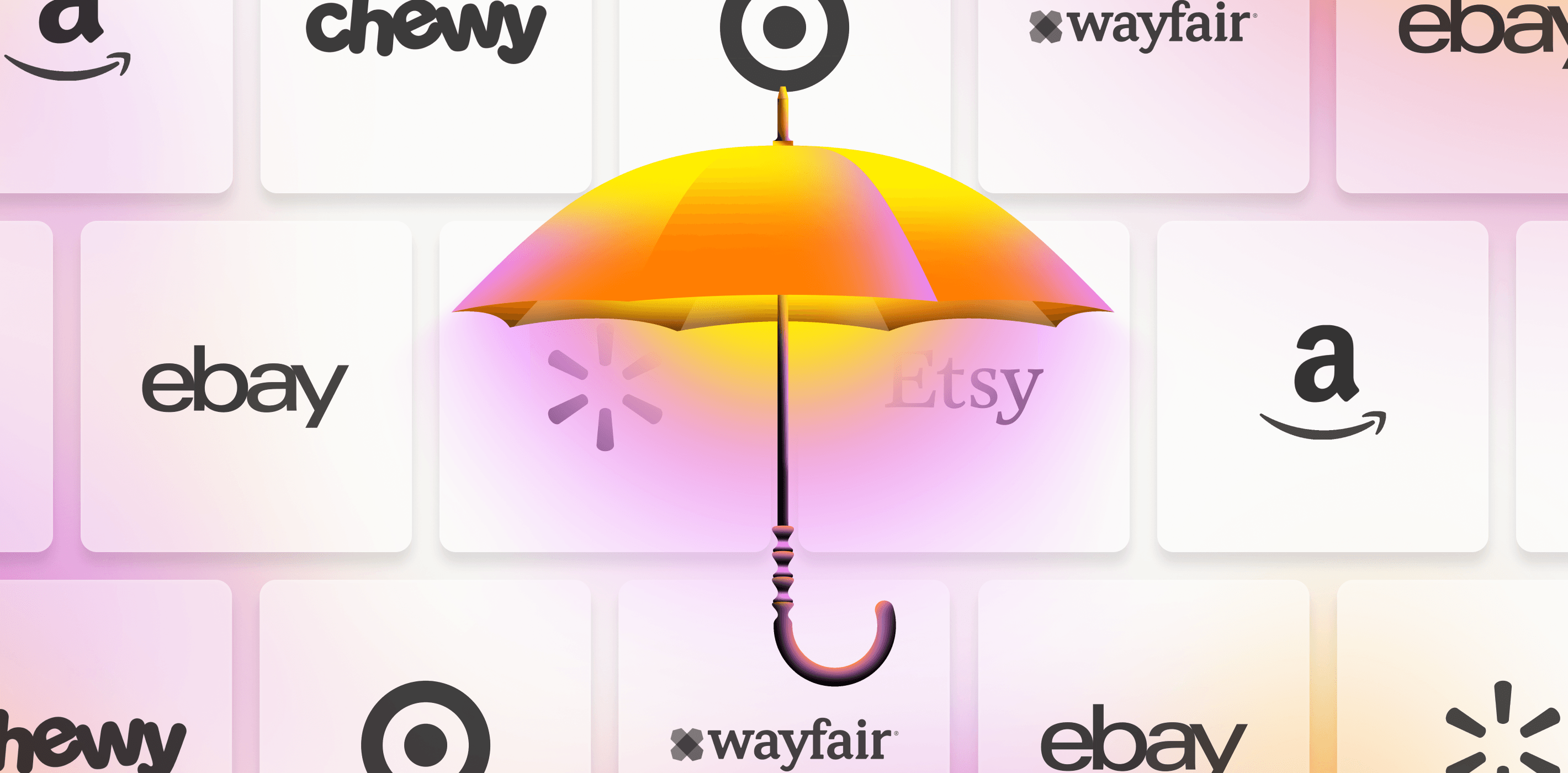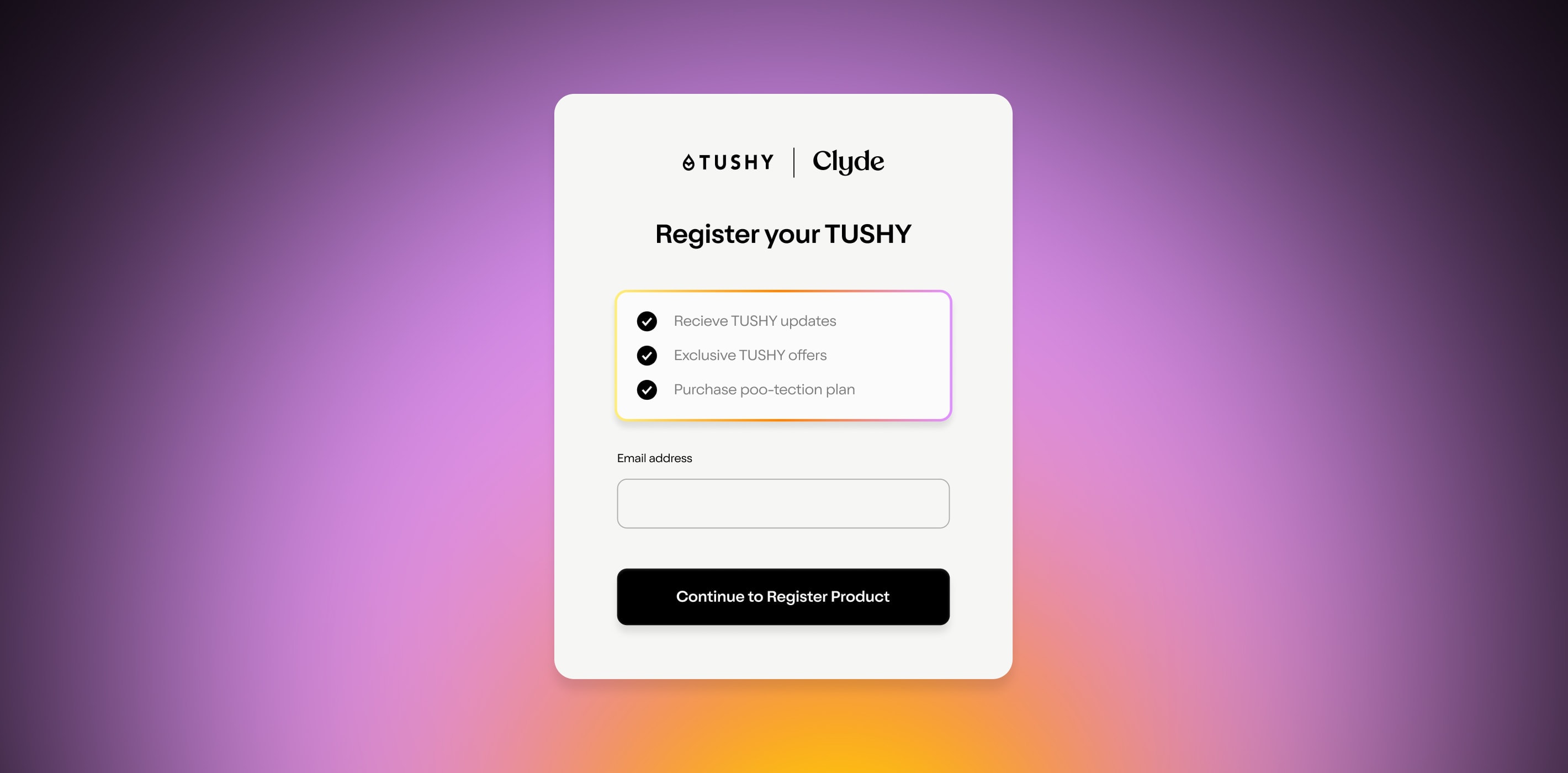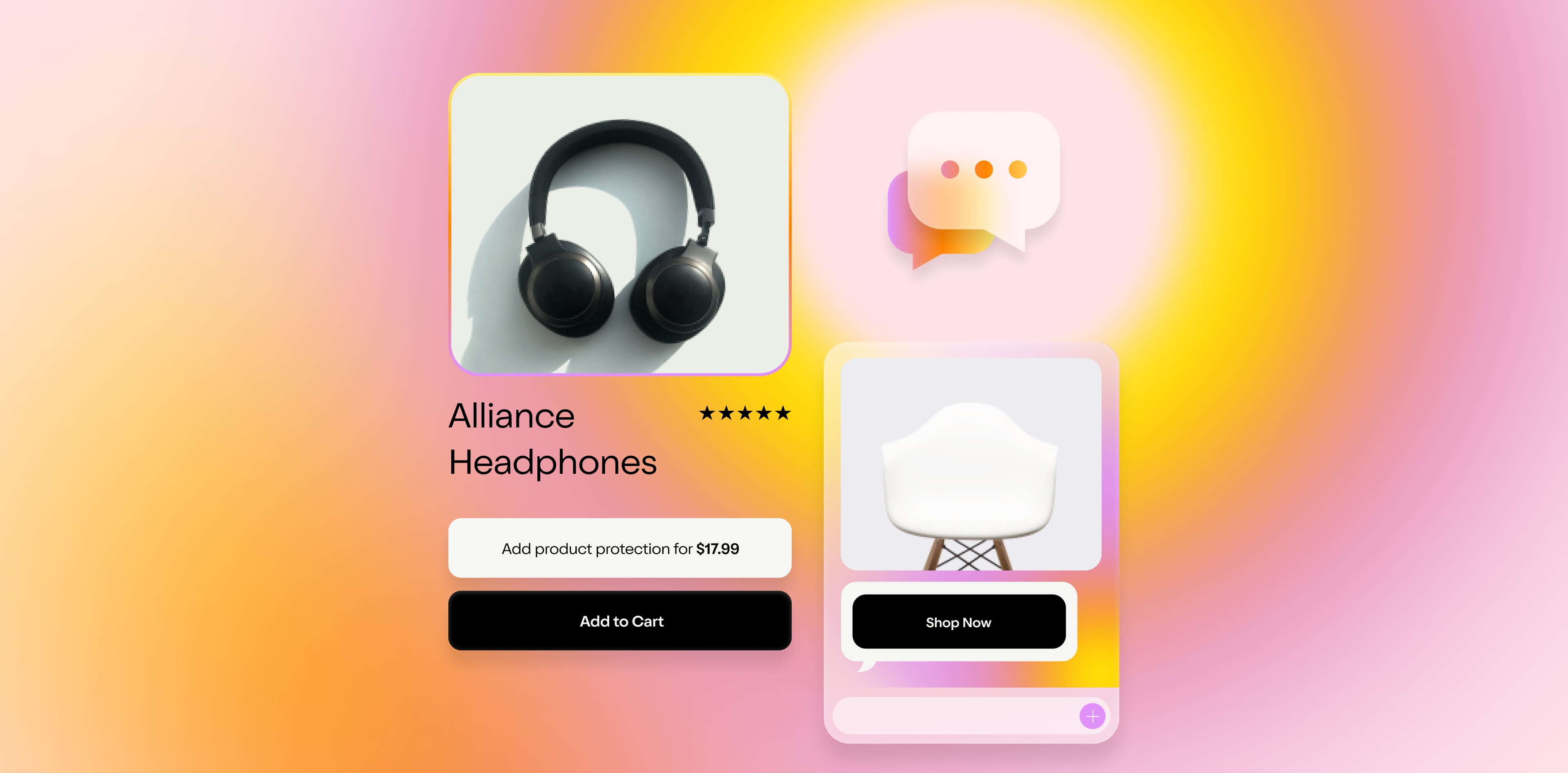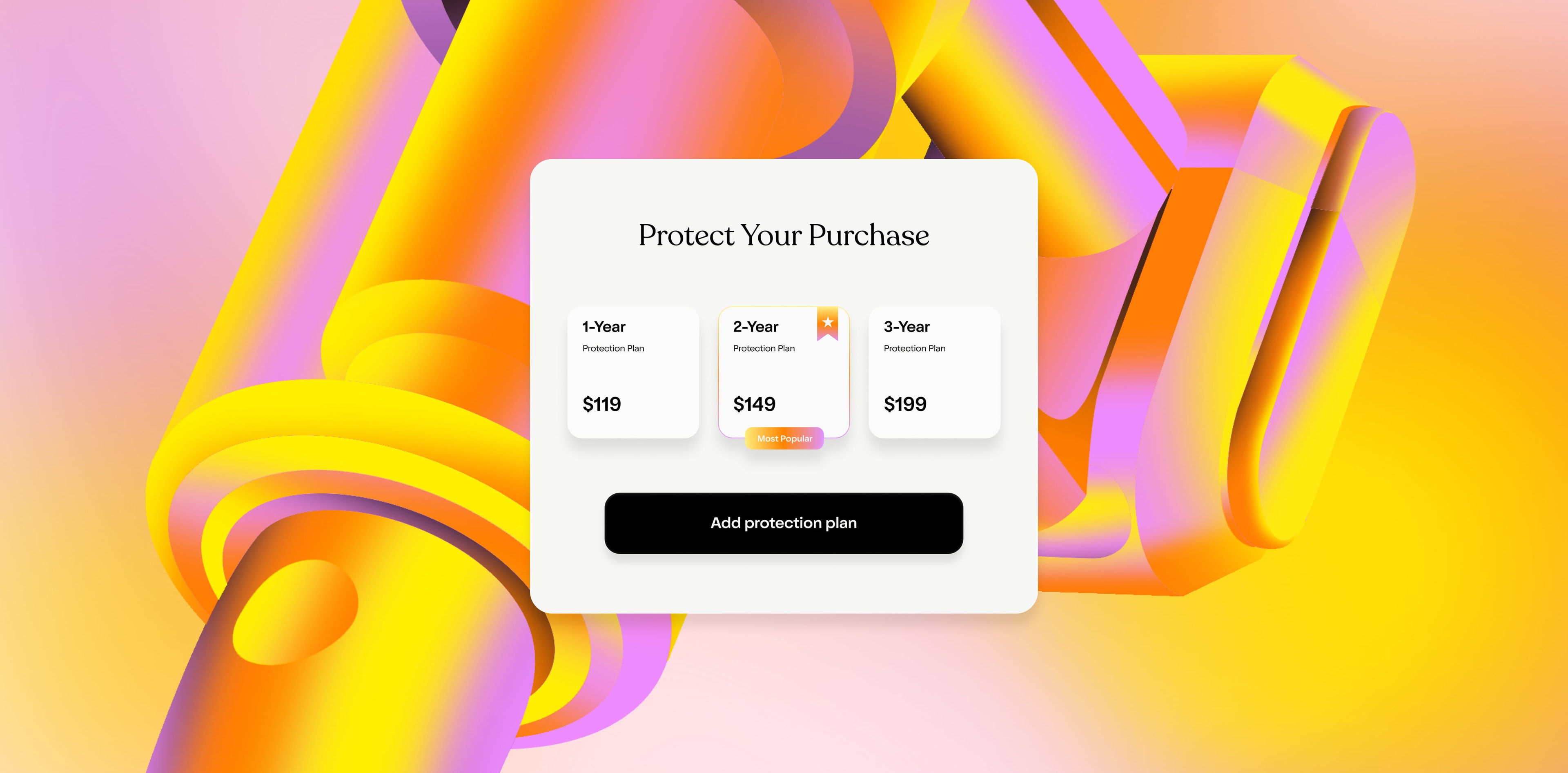The Clyde platform was created to meet the needs of eCommerce companies, but those needs continue to evolve and adapt quickly. To stay abreast of the latest trends and developments within the space, we’ve invested time and resources to remain well-read on the subjects that matter most to our customers. Check in on this weekly “conversation” to read, watch and listen to stories that are shaping the eCommerce industry.
Supply Chain Issues To Impact Back-To-School Inventories
According to USA Today , products are “expected to be in tight supply and more expensive this year due to more classrooms fully reopening after a year of virtual learning and supply chain issues as a result of COVID-19.”
“While we are unlikely to see apocalyptic shortages, the continued pressure on supply chains means that not all retailers will get an optimal amount of supply,” Neil Saunders, managing director of consultancy GlobalData Retail, told USA TODAY. "What this means is consumers will have less choice, and some may not be able to get exactly what they want, especially towards the end of the back-to-school season."
Continued instability at Chinese ports all but ensures that these supply chain issues will not be resolved in the coming months. News out of Shanghai-Ningbo, the world’s third-busiest container port, indicates another major slowdown is on the way. The port instituted a partial closure last week after a dock worker became infected with the delta variant of Covid-19. Bloomberg News has reported that major shipping lines are having to skip Ningbo, due to the backlog. For a sense of the backlog, consider this: There were 141 ships at a shared anchorage for the Shanghai and Ningbo ports Tuesday, 60 more than the median number from April to August, according to Bloomberg’s calculations.
“Such snarls are leaving manufacturers with little hope for near-term relief,” wrote Edna Curran of Bloomberg.
Supply chain bottlenecks aren’t the only thing driving prices higher. As reported by Axios , customers can expect to pay anywhere from 10% to 15% more on apparel and supplies due to a 6% inflation in apparel. As retailers prepare for Q4, mitigating these supply chain issues and rising costs will be paramount.
Customers Value Authenticity
A survey conducted by Stackla of 2,042 consumers from the U.S., UK, and Australia, found that consumers “crave more personalized and authentic shopping experiences. Not only are pandemic shopping and social trends here to stay, but they are also making real and relevant content—like user-generated content (UGC)—more important than ever for brands to leverage.”
The survey, which can be found here , went on to state that “For 72% of consumers, photos and videos from real customers is the content they most want to see on eCommerce sites when making purchasing decisions. 66% have been inspired to purchase from a new brand after seeing social media images of that brand from consumers. 56% say they’re more influenced by images and videos from social media when online shopping now than they were pre-pandemic.”
For a deeper dive on this subject, check out our recent interview with TERRITORY’S Rafael Schwarz , an influencer marketing specialist.
Global Chip Shortage
Goldman Sachs Research’s Toshiya Hari, Kota Yuzawa, and Rod Hall recentled discussed the impact of the global semiconductor chip shortage across industries and supply chains on the award-winning podcast "Exchanges At Goldman Sachs." Insight like this can help retailers properly message expectations to their customers.
8 Upselling Examples and Tips that Increase Order Values
Upselling is a key part of any sales plan, but if you’re an eCommerce retailer, you have to be extra strategic about how you do it. You have no register to station friendly salespeople behind, so how are you making sure that your website is optimized for those opportunities? Here, we’ll show you eight examples of companies that are doing just that.
Here's a quick teaser:
Send the Upsell Through A Follow-Up Email
On-site upsell opportunities aren’t to be underestimated, but a well-designed email upsell can work, too. Transactional emails are a vendor’s touchpoint trojan horse —they’re the emails consumers are most likely to actually open (versus automatically delete).
By adding upsell opportunities to transactional emails like order confirmations, shipping notifications, or satisfaction surveys, you’ll increase the chance that a consumer will consider shelling out a little more to upgrade their already-purchased item or to add on a more expensive product or service in addition.
SIGN UP FOR OUR NEWSLETTER


















